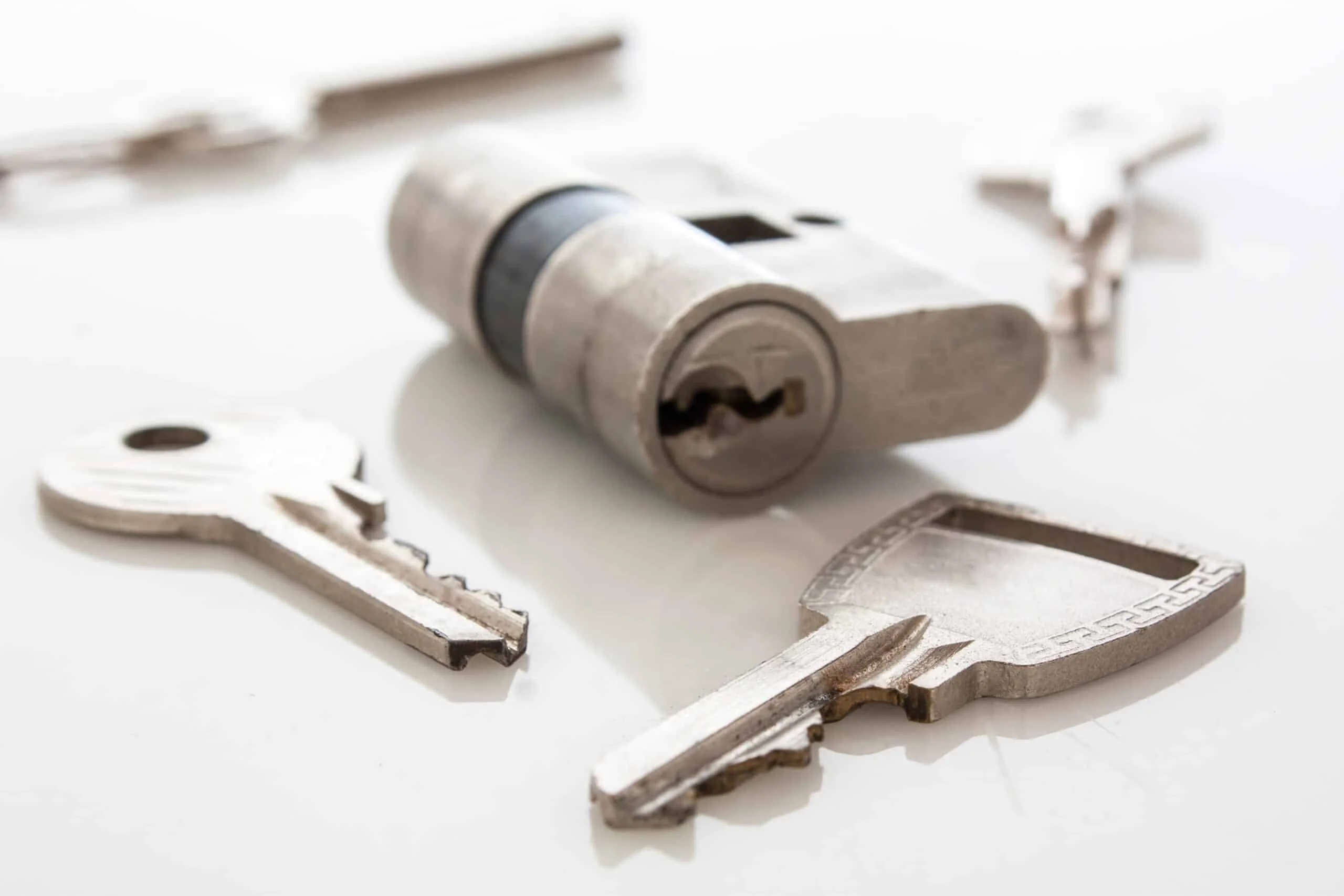
Lock, stock and cylinder: a beginner’s guide to door locks
Your external doors play a vital role in keeping your home safe and stylish, so a lot of thought goes into choosing the right one. But how many of us give our locks a second thought? Making an informed decision about this crucial part of your door will keep you even more secure and could also mean saving money on your home insurance. In this article, we will discuss how locks work and what options are available to you.
First things first, how does a lock work?
Most residential front doors in the UK come with mechanical locks, which are operated with a key. These comprise of two components – a cylinder and the lock itself. The cylinder is where you insert the key, and the lock is the mechanism that keeps the door closed. It does this by extending into a hole in the door frame or a metal strip known as a strike plate. Turning your key causes hooks or tumblers within the cylinder to align, which allows it to turn and extend the bolt, locking the door.
What locks can you choose from?
If you’ve ever completed a home insurance form, you’ve probably been asked what sort of locks are on your doors. But what are the different types?
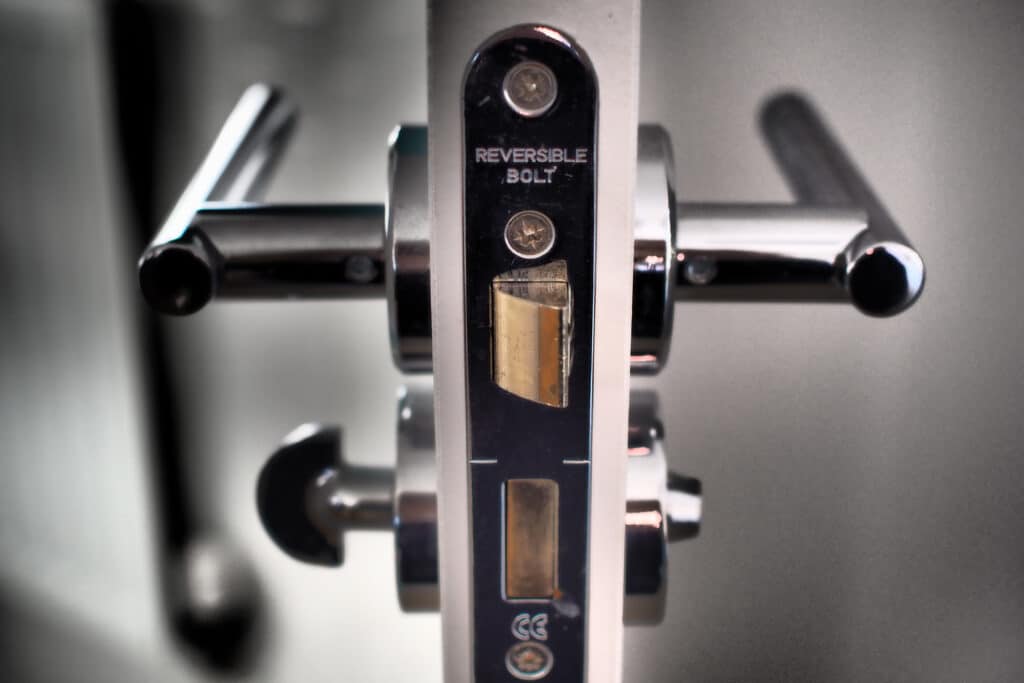
Mortice lock
Typically found on traditional doors, you’ll often see these locks described as five or three lever deadlocks. This comes from the number of levers inside the cylinder, so a five lever mortice lock contains five levers – also known as pins – which move into the locked or unlocked position when you turn your key. The greater the number of levers, the harder it is to pick the lock. The is true of any door cylinder, whether or not it is fitted into a timber, uPVC or composite door.
Mortice locks can only be used on timber doors and can be locked from inside the door, as well as externally. They generally don’t lock automatically when you close the door, so you’ll need to remember to always use your key. For extra brownie points with your insurer, consider a mortice lock that conforms to British Standards 3621.
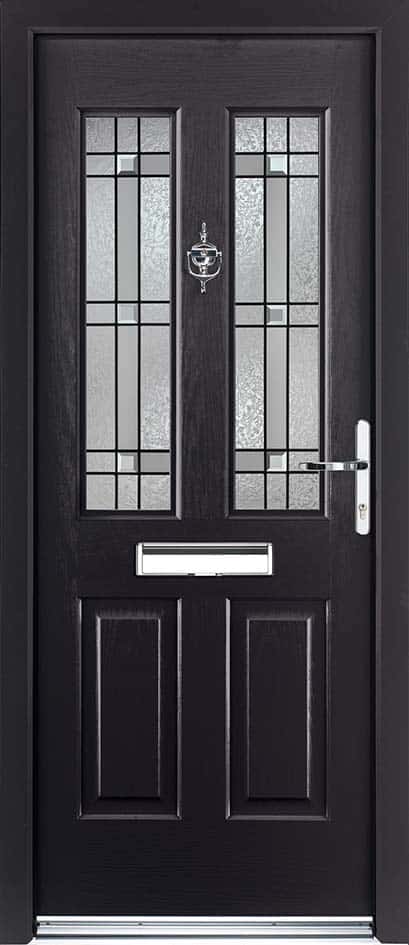
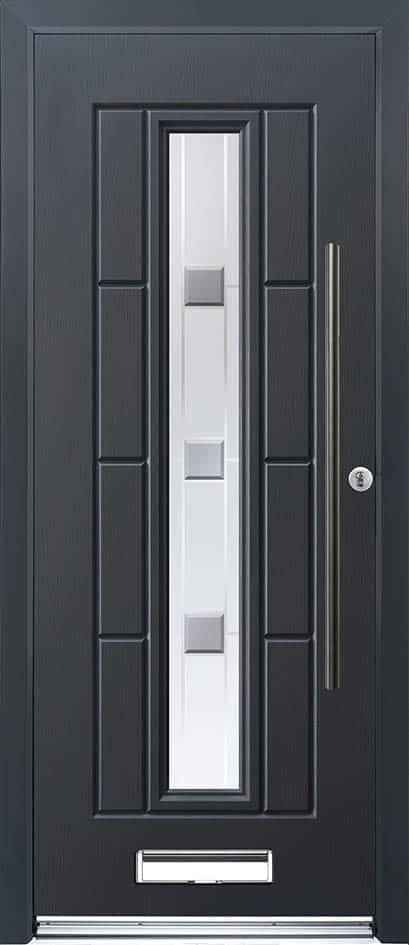
Multi-point locking system
Most modern uPVC and composite doors have a multi-point locking system, which bolts the door in place at multiple points. These points – often up to six – are distributed along the length of the door, making it harder for someone to force entry. The door is usually locked or unlocked by lifting the handle – all the hooks and bolts move in or out of position at once when you turn the key, so you don’t have to fiddle with separate locks.
The added beauty of a multi-point system is that it’s discreet, so you get the peace of mind that comes from additional bolts without compromising how your entrance looks. As with anything that comes with more moving parts, you’ll need to keep on top of maintenance to ensure the lock stays aligned.
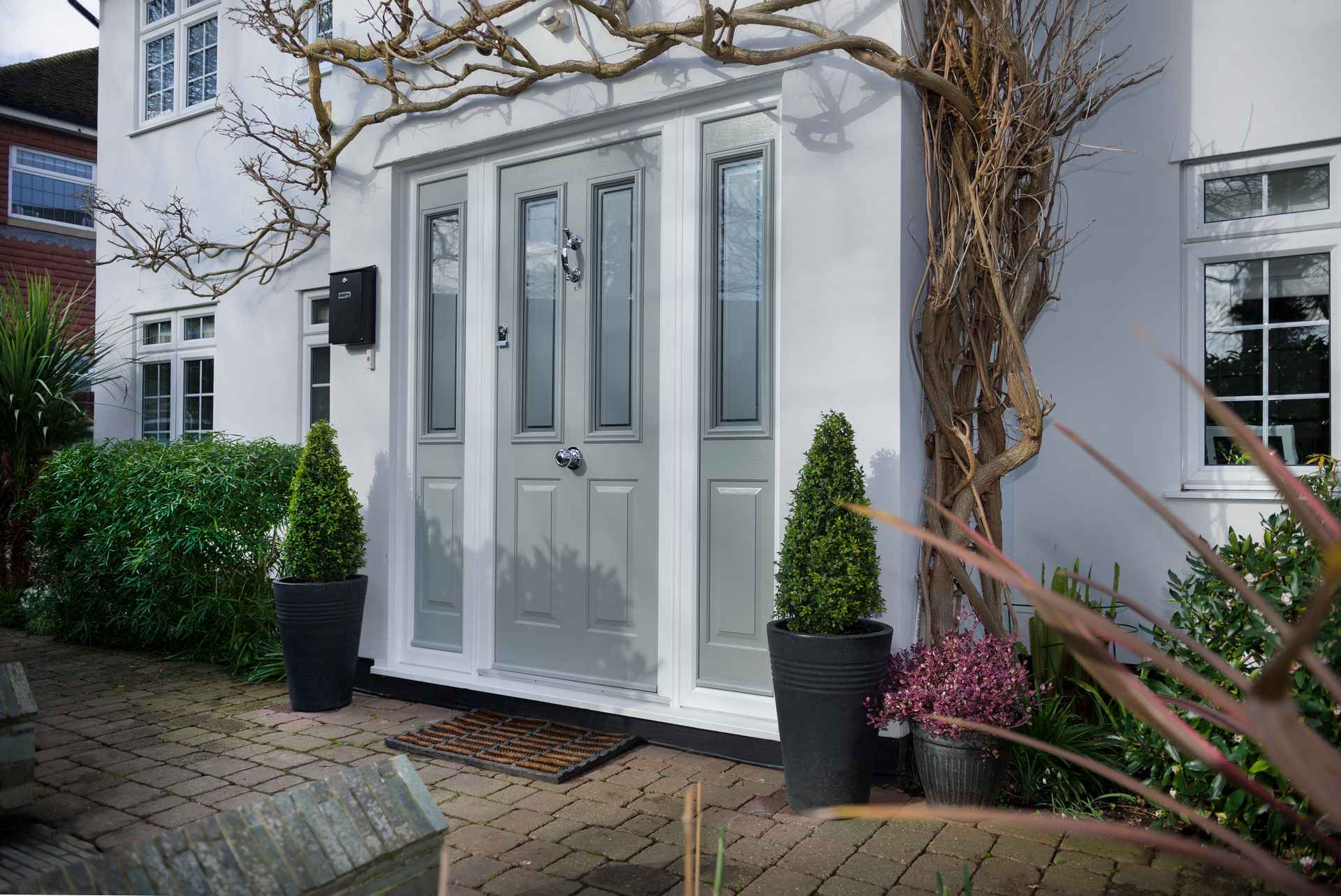
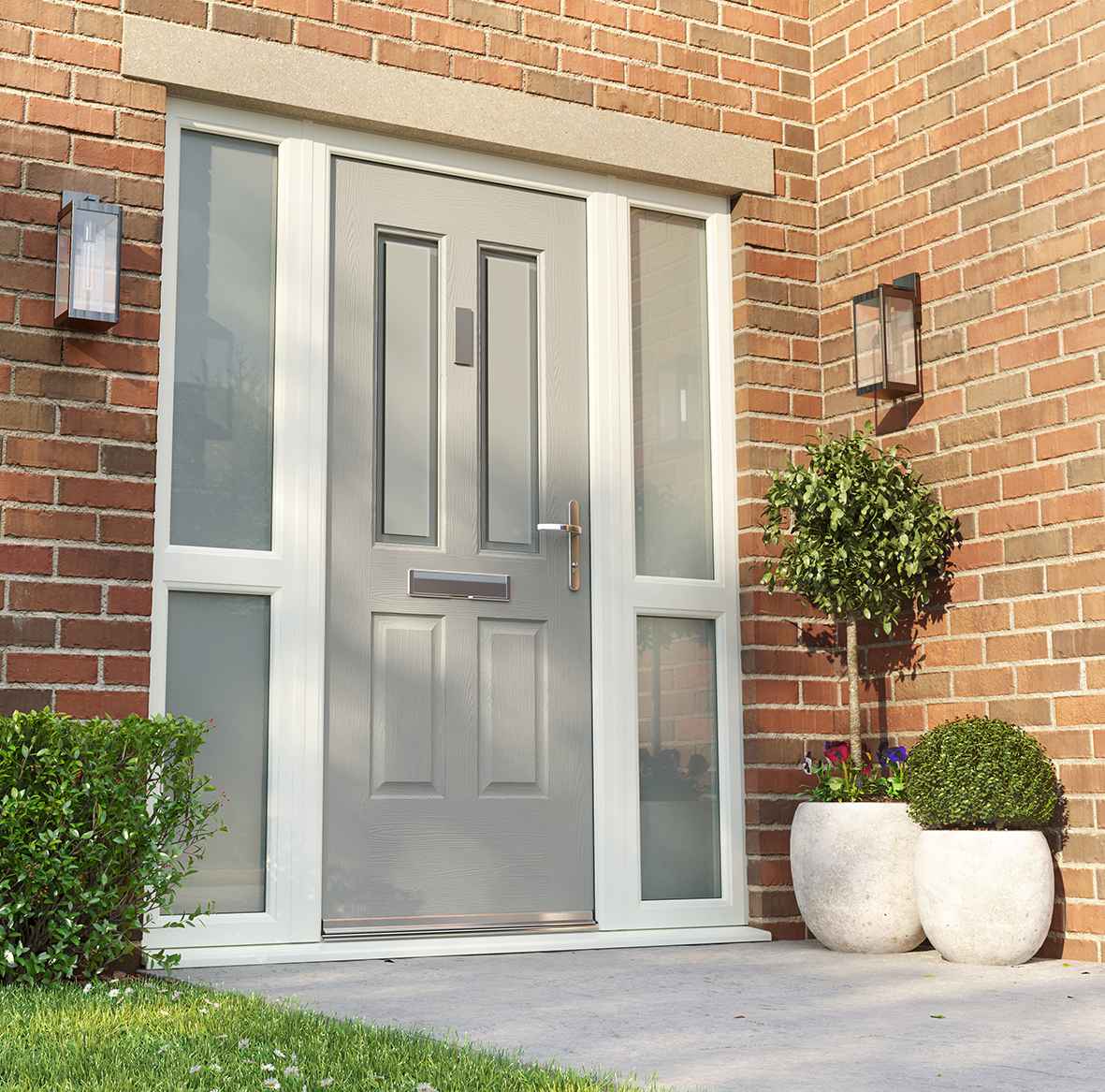
What’s the difference between handle-driven and key wind locks?
As the name suggests, handle-driven locks are operated via the door handle – lifting it engages or disengages the locking mechanism. They’re usually fitted with a strike plate, which helps to guide the bolt into the correct position and provides additional security by preventing the door from being forced open. They’re most commonly found on uPVC or composite doors.
A key wind lock is one that’s operated by a key or a thumb turn instead of a handle. The latch engages with the frame when you close the door, but you’ll need to turn your key or thumb turn – a knob that allows you to lock the door internally without using your key – to lock it.
Another option that may come up is a slam shut lock, which are generally designed for use with pull bar handles. As the name suggests, these automatically lock when you close the door. This is achieved by buttons within the lock itself that activate the hooks when they meet with the frame. When the door closes, the latch is pushed into the strike plate and the locking mechanism engages to secure the door. A simple turn of the key then engages the deadbolt. The benefit of this can also be its drawback – you don’t need to remember to lock the door behind you, but it increases the risk of being locked out.
An alternative to the slam shut lock is a switch latch. This lock has a little switch that deactivates the latch, allowing you to pull the door closed without the lock engaging. This is particularly helpful if you’re pottering at the front of the house and don’t want to be locked outside should the door be caught by the wind.
Both key wind, slam shut and switch locks are often found on traditional-style doors which don’t suit a door handle, although they’re increasingly popular on contemporary doors.
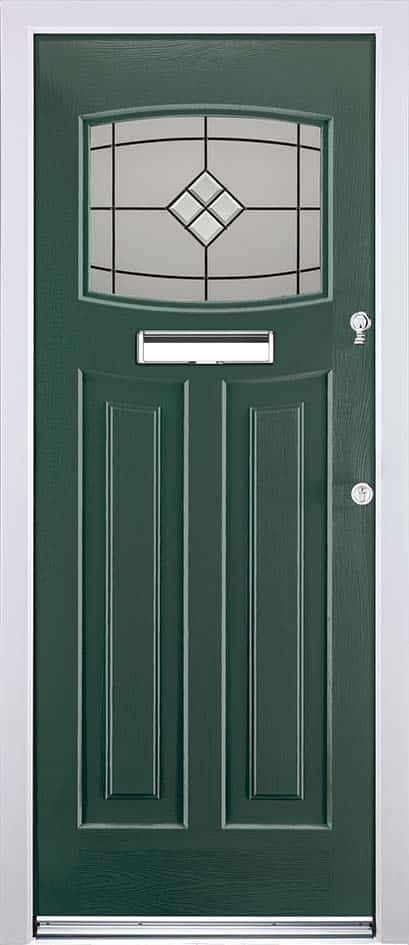
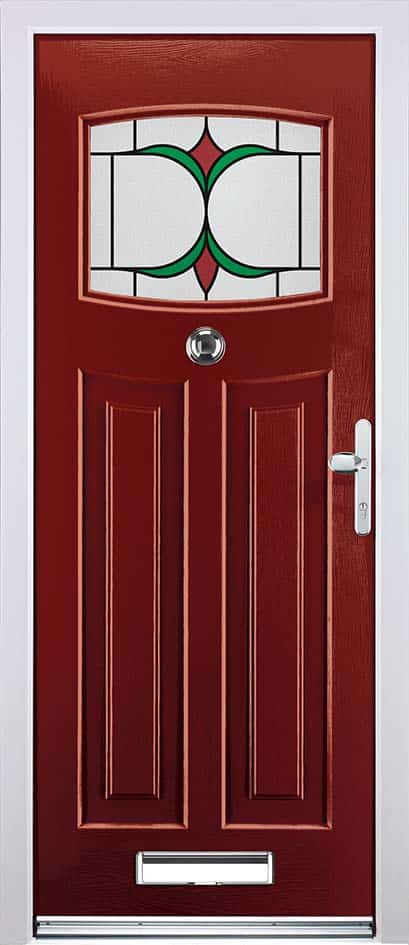
How can your lock improve security?
Although a good quality lock goes a long way towards improving home security, there are a few things to look out for. Check if your lock is ‘Secured By Design’, which means it has been tested and actively recommended by the police (all our door ranges have this as standard). It’s also recommended to get an anti-snap cylinder, especially if your door is uPVC, to prevent lock snapping by burglars. These can be retro-fitted, so it’s possible to upgrade your security without replacing the whole door and frame.
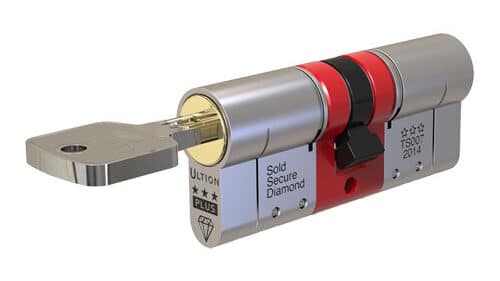
There are a few other ‘antis’ to bear in mind when choosing a lock cylinder – anti-bump, anti-pick and anti-drill – all of which target the ways intruders break in. In fact, you can even find ‘anti-everything’ cylinders which offer an all-in-one solution.
Lock onto great security
The type of lock you choose is ultimately decided by the style of door and your personal preference. Traditional, timber doors generally suit mortice, key wind or slam shut locks with a discreet aesthetic. Many uPVC and composite doors come with handle-driven multi-point locks. By understanding a little about how a lock works and the different options available, you can gain peace of mind and keep your insurance company happy.
We appreciate that the subject of locks can be a little complicated so if you have any questions or need further guidance, please contact our expert team who will be happy to help.